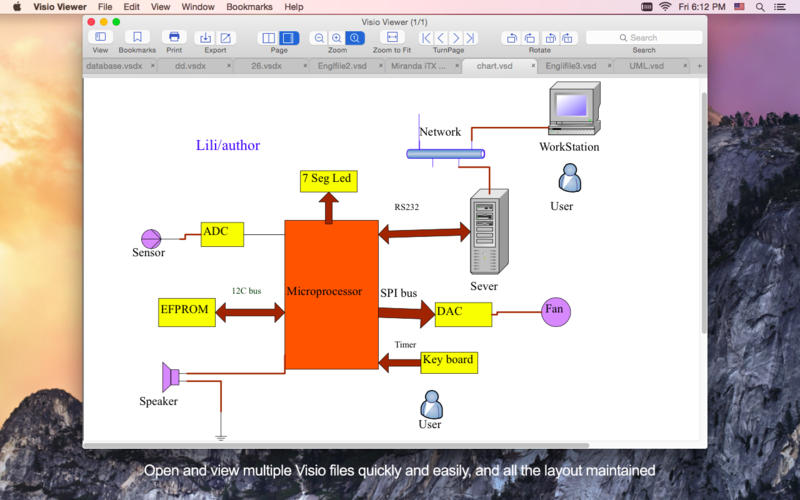Contacts User Guide
The most frequent installer filename for the program is: vcardeditortrial.app.zip. This application is suitable for Mac OS X 10.7 or later. VCard Editor for Mac is included in Communication Tools. This Mac download was scanned by our antivirus and was rated as virus free. This is an Excel based VBA script used to import bulk.VCF files that contain more than 1 Vcard and then convert them to a comma separated.CSV file or Excel xls file that can then be imported into Outlook, Google, or any other application that supports import of contacts using CSV files. This has been written to support VCF 2.0, 2.1, 3.0 and 4.
This article describes how to view DWF, DWFx, STEP, and other file types on macOS without having AutoCAD for Mac installed. Use the free online Autodesk Viewer. It can be used to take measurements and create markups on many different file formats, including DWF and DWFx. Cisdem VideoConverter for Mac provides you with an all-in-one solution for video entertainment. It allows you to convert video and audio files from and to all popular formats. It also has some prett.
You can import contacts from other computers or apps as files in a variety of file types—for example, vCard (with the extension .vcf), archive (.abbu), LDAP Data Interchange Format (.ldif), or a tab-delimited or comma-separated value (.csv) text file.
By Goldbug Software vCard Editor is an application to create and edit vCards directly. VCard is a file has an extension vcf and used to exchange contact information between various contact.
Mac File Viewer Windows


Note: When you import contact cards, Contacts indicates when it finds duplicates, so you can review them. See Resolve duplicates while importing contacts.
Import contacts from a vCard file (.vcf)
Do one of the following on your Mac:
Double-click the vCard file—for example, in an email or on the desktop.
Drag the vCard file to the Contacts icon in the Dock, or to the list of contacts in the Contacts window.
In Contacts, choose File > Import, then select the vCard file.
Click Add in the message that appears.
Import contacts from an archive file (.abbu)
Important: Importing an archive file replaces your current contact information.
In the Contacts app on your Mac, choose File > Import.
Select the archive file, then click Open.
Step File Viewer For Mac
Import contacts from other file types
Note: Before you import a tab-delimited or CSV file, use a text editor (such as TextEdit) to confirm the file is formatted correctly:

Embroidery File Viewer For Mac

Remove any line breaks within a contact’s information.
Make sure all addresses have the same number of fields. Add empty fields as needed.
Make sure fields are separated by a tab (in a tab-delimited file) or a comma (in a CSV file), instead of another character. Don’t include spaces before or after the tabs or commas.
In the Contacts app on your Mac, choose File > Import, select the file, change the encoding if necessary, then click Open.
If you’re importing a text file, review the field labels.
If the first card contains headers, make sure the headers are correctly labeled or marked “Do not import.” Any changes you make to this card are made to all cards in the file. To not import the headers card, select “Ignore first card.”
To change a label, click the arrows next to the label and choose a new label. If you don’t want to import a field, choose “Do not import.”
Vcf File Viewer For Mac Os 11
When you import contacts from an Exchange account, information that isn’t supported is added to the Note field. Custom fields aren’t imported.
When you sign in with the same Apple ID on each of your devices and turn on Contacts in iCloud preferences or settings, your contacts are available on all your devices, and changes you make to contacts on one device appear on the others.